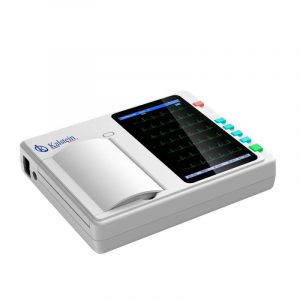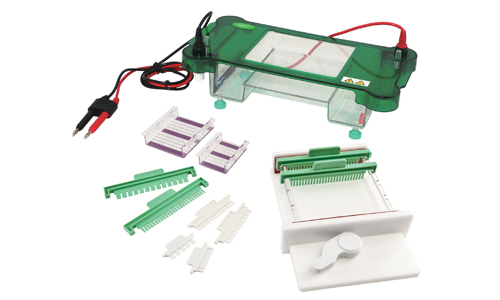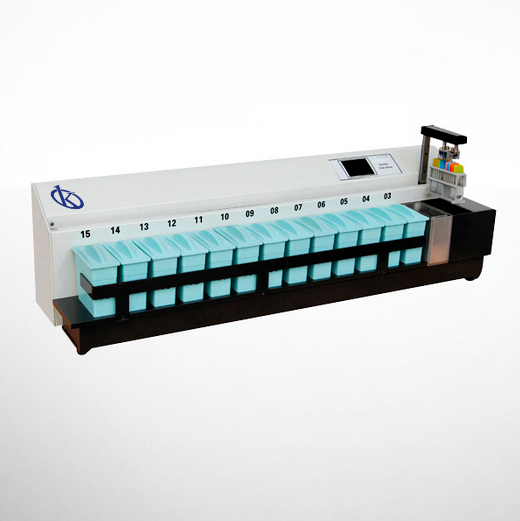It is a cardiological test or evaluation where the electrical activity of the heart is examined, it records the rhythm of the heartbeat to detect any arrhythmia, risk of infarction and other pathologies, it is also a study that is performed for the early detection of heart diseases, before the symptoms appear and in this way prevent any complications.
The purpose of this early detection is to be able to find a disease in its first stage and thus treat it in time, and achieve effectiveness of the required treatment; there are certain factors to take into account for this early evaluation such as family history of the disease, age, gender; electrocardiography is usually accompanied by other assessments such as blood tests, fluids, genetic tests, and imaging of the inside of the body.
Electrocardiography
It is a non-invasive technique that uses electrodes to provide a graphic representation of the electrical activity of the heart printed on an ECG paper, where it evaluates the cardiac function, through the surface of the body, to perform this study a special gel is used that allows the transmission of waves, this gel is not harmful to the skin, only facilitates the evaluation.
If an electrocardiography is performed at rest the duration of examination can vary in a time between 10 and 30 minutes, the patient is stripped from the waist up, and in the areas where the electrodes will be placed, it is important that the patient does not have rings, or metal garments, after performing the study the electrodes are removed, the gel remains of both the body and the electrodes are cleaned, and the patient proceeds to dress.
Function of an electrocardiography
The function of this evaluation is based on its multiple uses and applications, but its main function is to determine the heart rate and anomalies exist; besides detecting various pathologies related to the heart and its functioning, such as:
- Detect diseases of coronary arteries.
- Detect alterations in the electrical conduction of the heart.
- Detect electrolyte disturbances, calcium disturbances, potassium.
- Suggest structural alterations (hypertrophy, cardiomyopathy).
- Allows visualization of the cardiac structure and function.
An electrocardiogram is usually required for when a heart rhythm disorder or ischemia is suspected, or in the case of chest pain, irregular heartbeat or palpitations, shortness of breath, tiredness, dizziness or unconsciousness.
Abnormal results we can find in an electrocardiogram
- Deterioration of the myocardium.
- Variations in the amount of potassium, calcium, or other electrolytes in the blood.
- Congenital heart anomaly.
- Enlarged heart.
- Myocarditis.
- Cardiac arrest suffered in the past or at present.
- Poor blood flow to the arteries of the heart.
- Arrhythmia.
Use of Electrocardiography for a Preoperative Period
Although normally this test is used when some heart diseases are suspected, due to previous symptoms, it is also used continuously for high complication surgeries, to establish the risk factors of the patient at the time of surgery, these factors are:
- Ischemic heart disease.
- Heart failure.
- Stroke or transient ischemic attack.
- Renal dysfunction with creatinine treatments (below 60 milliliters/minute per body surface area).
- Diabetes with insulin use.
When detecting any inconvenience the physician should assign new tests or pause the surgery until the problem is solved, if it continues it is because the surgery is undoubtedly urgent and cannot be suspended.
Pathologies detected in an electrocardiography
- Deterioration of the myocardium.
- Arrhythmias.
- Imbalances in the amount of calcium, potassium or other substances in the blood.
- Congenital heart disease.
- Increased heart volume.
- Aftermath of a past cardiac arrest.
- Cardiac arrest at the time.
- Low blood flow in the arteries.
If you want to know the catalog of high-end products that we KALSTEIN have for you, visit us HERE we have a specialized team that will answer your doubts, remember that choosing the best and most updated Electrocardiograph of 12 leads, guarantees the health center to offer the patient a safe and reliable examination, in addition we assure that through our online sales channels it is very easy and viable to get the best prices of the market, remember we are Company manufacturer of Laboratory Equipment recognized worldwide.




